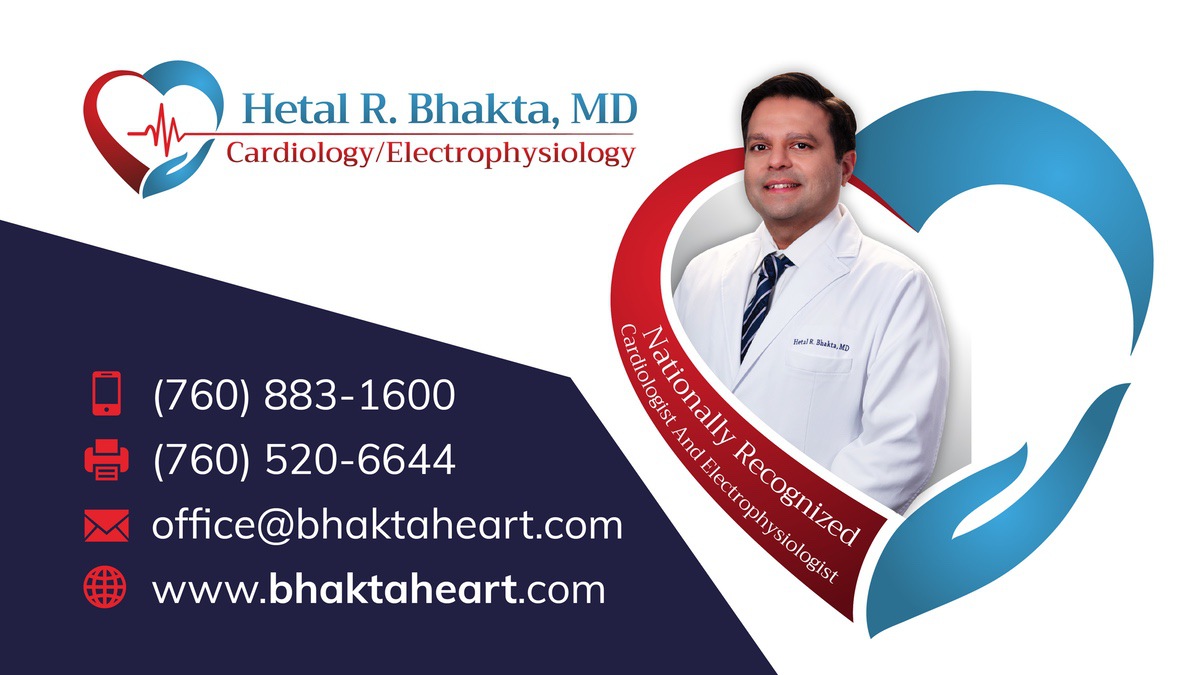An event recorder is a small device that tracks your heart’s electrical activity. An event recorder monitors your heart’s electrical activity for an extended period of time usually from a week to a month or more. The recorder is always on, but it saves your heart rhythms into its memory only when you push a button. Many recorders save recordings of your heart rhythms for 30-60 seconds both before and after you push the button.
An event recorder can help your doctor find out if you have abnormal heart rhythms, or arrhythmias. Arrhythmias might happen rarely, yet it is still important for your doctor to know about them and to treat them.
When the heart rhythms from any of these three tests are printed out, they all look the same: the electrical signals look like peaks and valleys. A doctor may suggest an event recorder when you have symptoms only once a week or once a month.
Two stick patches called electrodes are placed on your chest. The electrodes connect to wires on the event recorder. The electrodes sense your heart rhythms, while the event records and stores the rhythms.Your doctor or nurse will show you how o take the electrodes off for bathing and the put them back on. The event recording device itself is the size of a small portable tape recorder. It fits easily on a belt or in a pocket.
You press the button when you feel symptoms. This causes the device to store a small segment of the recording. Make sure your family and friends know how to start the recorder too. In case you have symptoms, they can help you press the recorder button. Any stored recordings can be sent to your doctor’s office, clinic, or hospital. The staff there will let you know if you need to follow up with your doctor.
You should be able to do most or all of your daily activities at home and work while using the event recorder. You won’t feel anything while the event recorder is tracking your heart rhythms. However, sometimes your skin can become irritated from the sticky patches.

Our knowledgeable and courteous staff will help set up a consultation for you, schedule surgical procedures, discuss your insurance, and answer any questions you may have.


